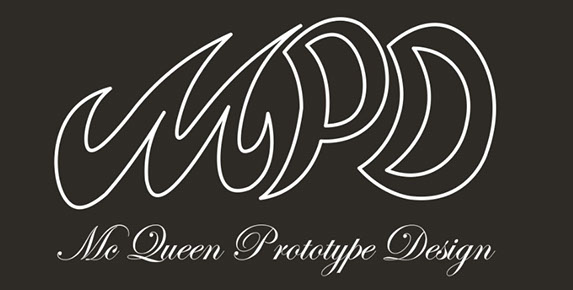
Our goal is to supply
the OFF-ROAD business
with EXCEPTIONAL DESIGN
1605 W 130th St #3
Gardena, CA 90249
(310) 327-2337
mcqueenfiberglass@yahoo.com
RACE TRUCK BODIES
TROPHY TRUCK
7200 TRUCK
6100 TRUCK
FORD RANGER
TOYOTA TACOMA
TROPHY KART
TROPHY TRUCK BODY
Our trophy truck body was designed by Mike McQueen himself. This design was modeled after the Ford Raptor body lines. Lightweight body parts are constructed with mat and hi-grade cloth for superior strength & durability. All parts fit exceptionally well. Can be ordered in special colors.
125″ Wheel Base and 94″ wide at the front.
Hood: $1,200.00
Roof: $400.00
Side Doors: $600.00 each
Rear Fenders: $500.00 each
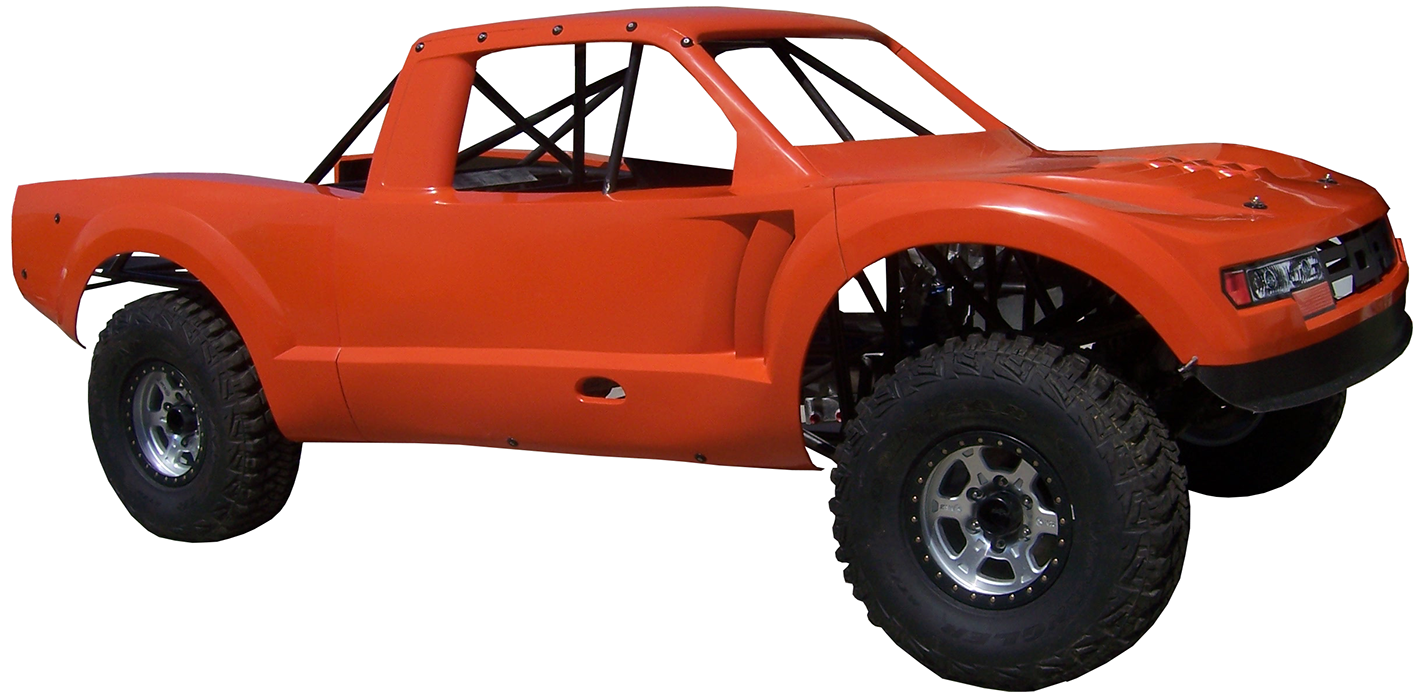








<
>
7200 TRUCK BODY
Our 7200 race body is modeled off of our trophy body lines to match the 7200 race wheel demonetizations. Lightweight body parts are constructed with mat and hi-grade cloth for superior strength & durability. All parts fit exceptionally well. Can be ordered in special colors.
118", 121,"125″ Wheel Base & 86″ wide at the front.
Hood: $1,100.00
Roof: $400.00
Side Doors: $550.00 each
Rear Fenders: $450.00 each
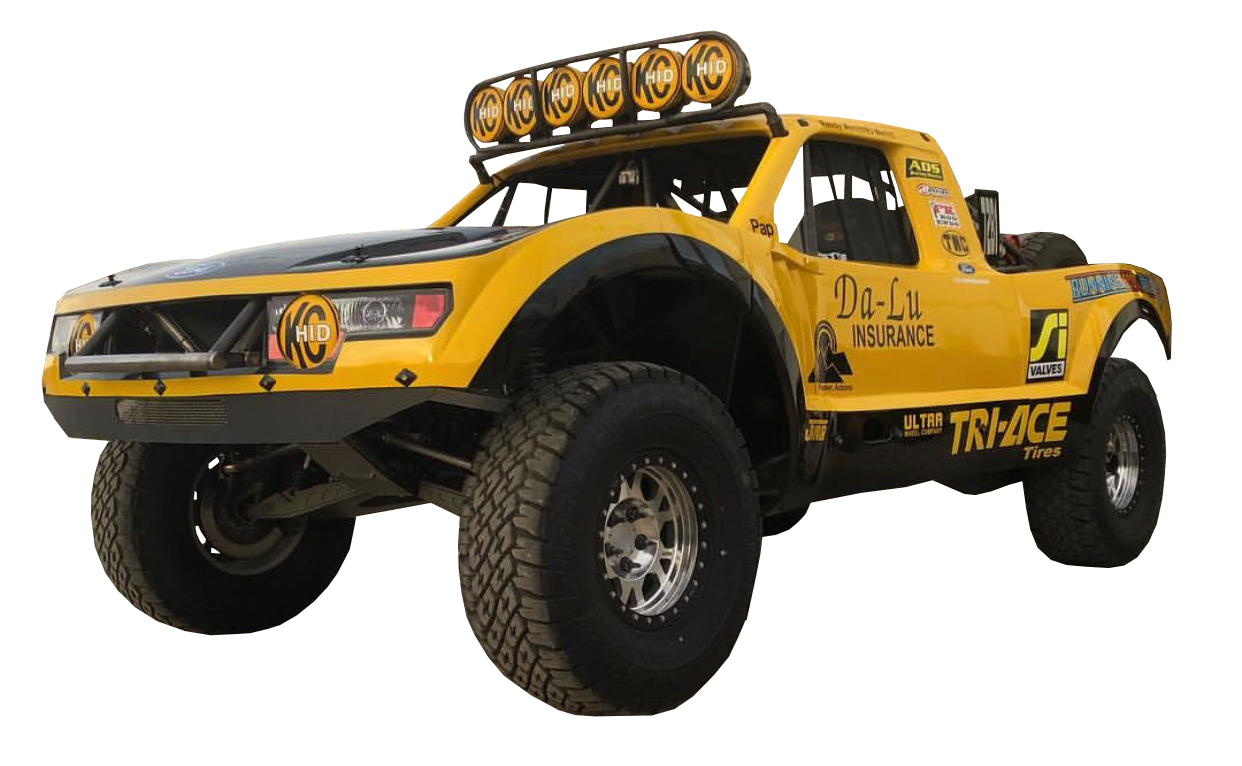







<
>
6100 TRUCK BODY
The 6100 race body is modeled after the TT body with updated headlights to the Gen 2 Ford Raptor.
Lightweight body parts are constructed with mat and hi-grade cloth for superior strength & durability.
All parts fit exceptionally well. Can be ordered in special colors.
118", 121,"125″ Wheel Base & 86″ wide at the front.
Hood: $1,100.00
Roof: $400.00
Side Doors: $550.00 each
Rear Fenders: $450.00 each
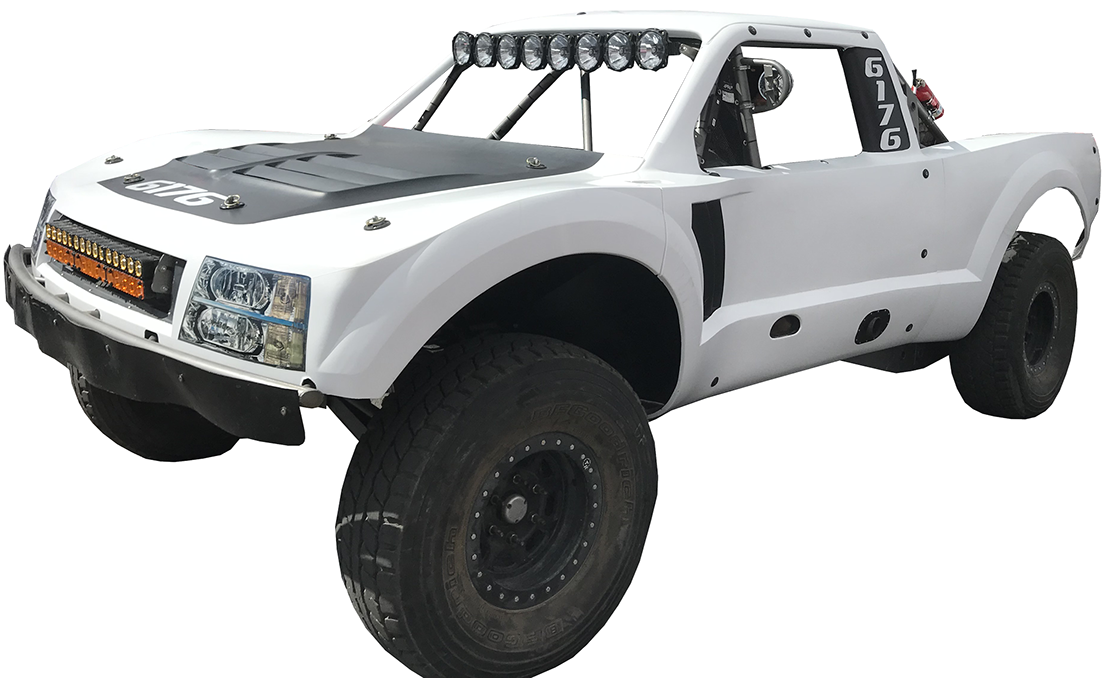







<
>
FORD RANGER
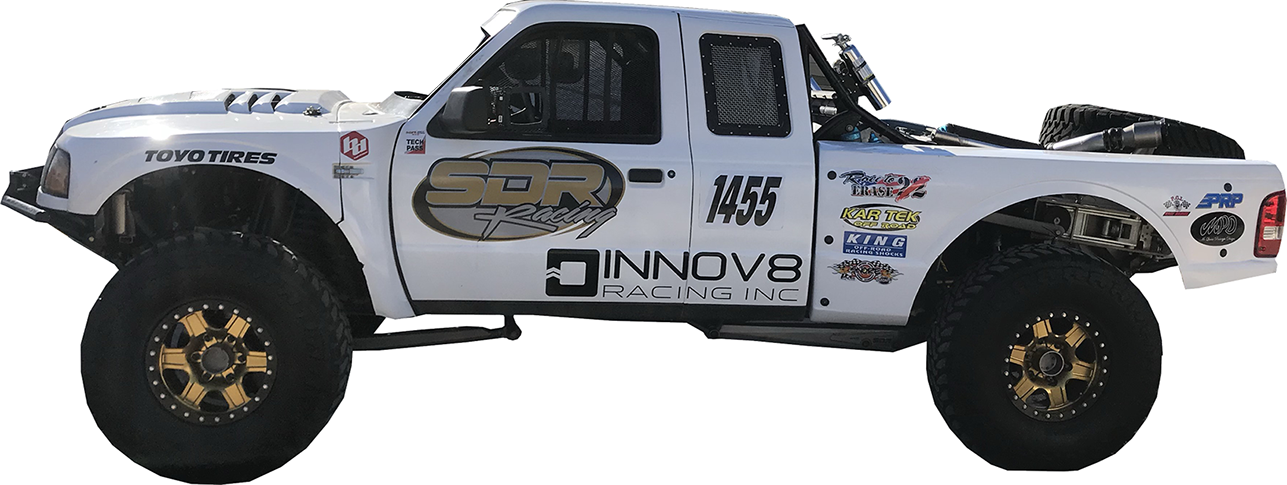
Our Ford Ranger design is based off the 2004 and newer body lines. The one piece clip comes either with the louvers closed or open for more air ventilation. Bedside tail lights do come cut out but a false tail is available if you need them filled in. Lightweight body parts are constructed with mat and hi-grade cloth for superior strength & durability. All parts fit exceptionally well. Can be ordered in special colors.
One piece clip is 85" wide
One Piece Clip: $1,100.00
Bedsides: $350.00 each
Tail Light Plug: $50 each
Dash: $350, (carbon fiber face plate for extra $75)








<
>
TOYOTA TRUCK
The Toyota Tacoma body is modeled after the 2019 TRD Pro. The one piece clip is designed for the Tacoma years of 1996 - 2004. Lightweight body p arts are constructed with mat and hi-grade cloth for superior strength & durability. All parts fit exceptionally well. Can be ordered in special colors.
86″ wide at the front.
One Piece Clip: $1,200.00
Bedsides: $450.00 each
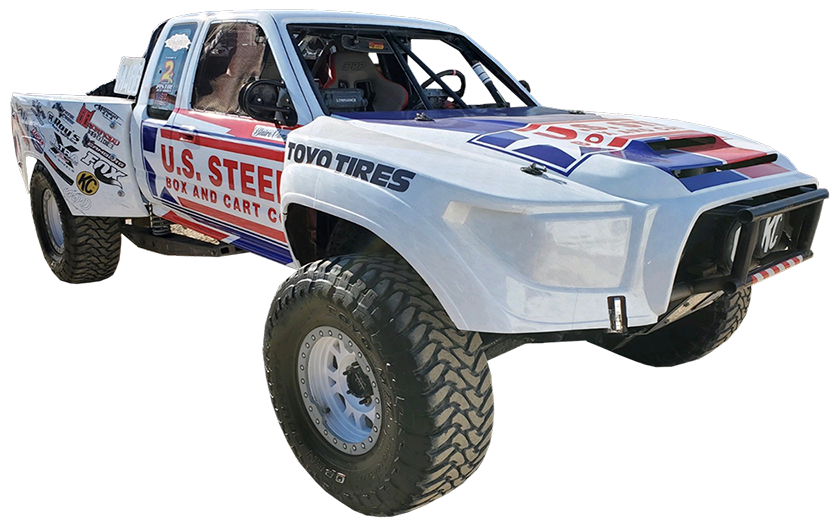










<
>
TROPHY KART
For the up and coming stars of motor sport we offer the light weight trophy kart body. It has been
crafter with the clean lines and exact fit. The body is designed in 6 body panels for easy replacement as needed. The body will fit on Modified, JR1 & JR2 Karts. Can be ordered in special colors.
Hood: $325.00
Roof: $75.00
Side Doors: $200.00 each
Rear Fenders: $100.00 each
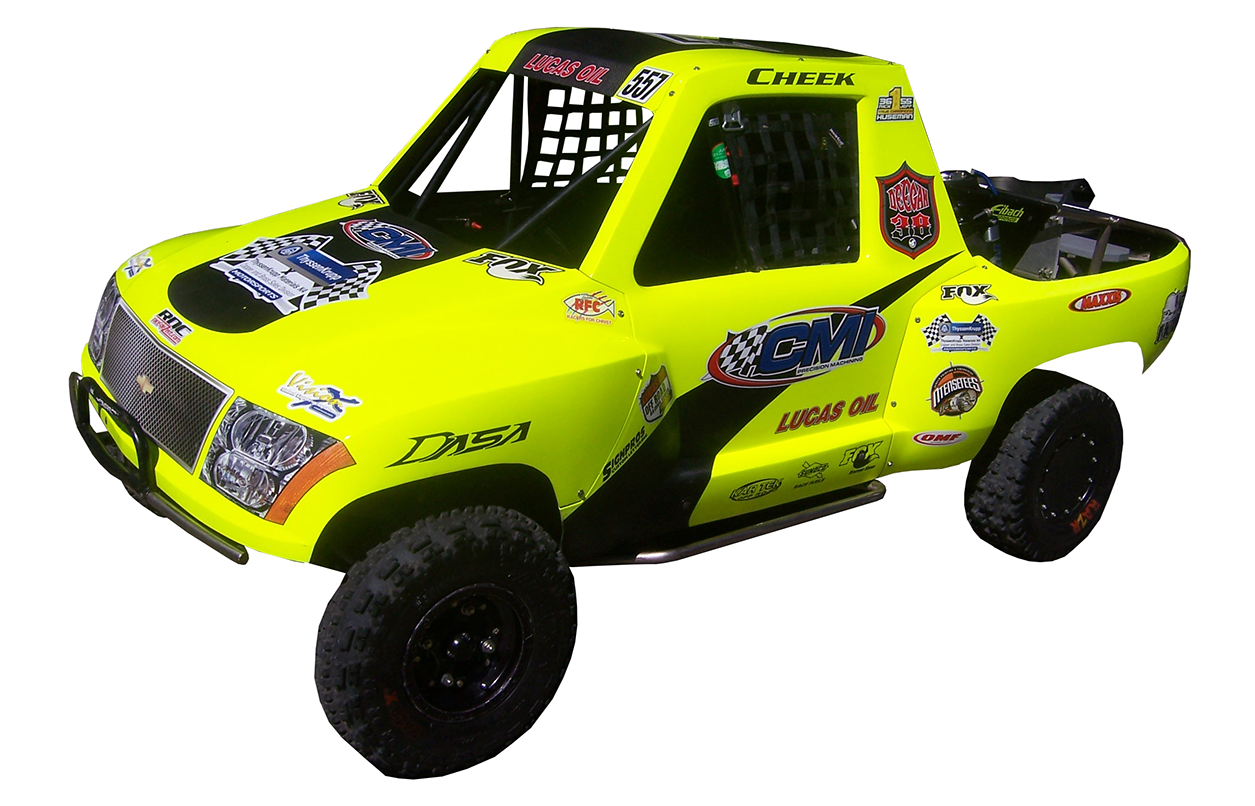








<
>
FORD FIBERGLASS PANELS
1966 - 1977
BRONCO
1973 - 1979
F100
1992 - 1996
BRONCO
1992 - 1996
F150
1993 - 2012
RANGER
Ford
Dashes
1966 - 1977 FORD BRONCO
This is our early 66′ to 77′ Bronco hood: Designed to release hot air from the engine. And for those who dont know the original “Big Oly” bronco was done here at MPD. Can be ordered in special colors.
Hood (parabeam fiber): $500.00
Hood (coremat): $550.00
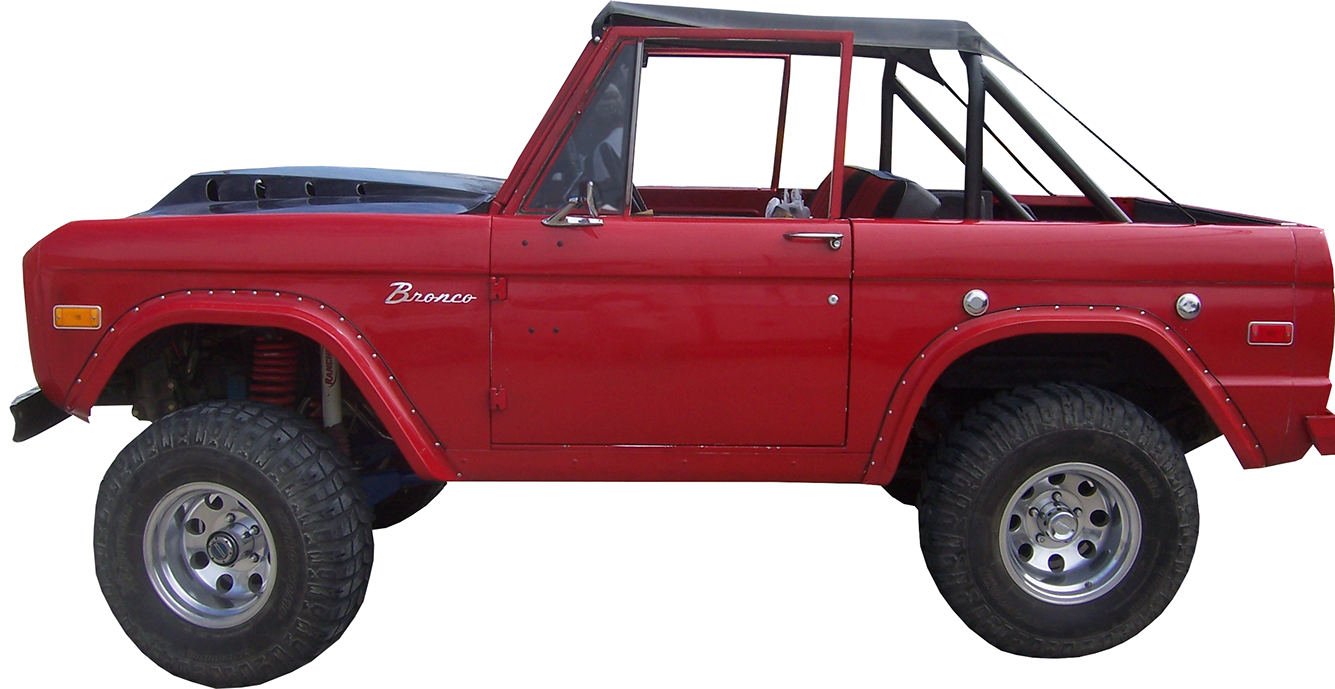







<
>
1967 - 1979 F150
'73-'79 F-100 is 88" overall. Fits up to a 39" tire without extra trimming. All parts fit exceptionally well. Can be ordered in special colors.
Hood: $600.00
Front Fenders: $750.00 per pair
Rear Fenders: $900.00 per pair
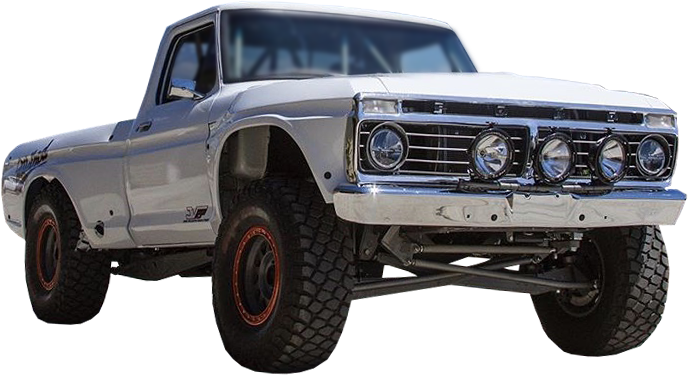











<
>
1992 - 1996 BRONCO
For the 1992 - 1996 Ford Bronco we based the design off the first gen Ford Raptor but leaving the stock front and rear lights. The hood was designed to follow the body lines of the fenders with custom
louvered for better air ventalation. The front and rear fenders will accept 39" tires as seen in pictures. Can be ordered in special colors.
Hood (coremat): $500
Hood (parabeam fiber): $530
Front Fenders: $600 (per pair)
Rear Fenders: $700 (per pair)
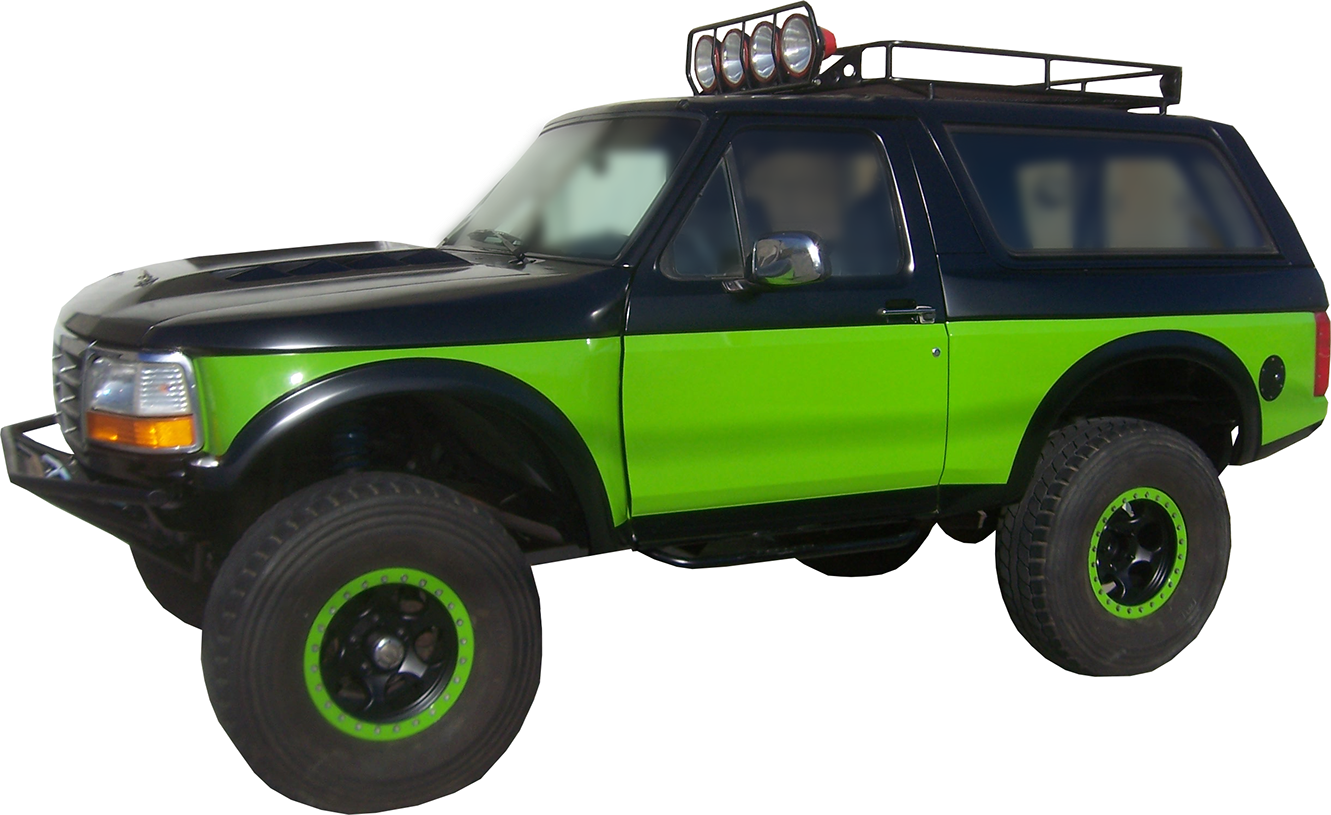







<
>
1992 - 1996 F150
For the 1992 - 1996 Ford F150 we based the design off the first gen Ford Raptor but leaving the stock front and rear lights. The hood was designed to follow the body lines of the fenders with custom
louvered for better air ventalation. The front and rear fenders will accept 39" tires as seen in pictures. Can be ordered in special colors.
Hood (coremat): $500
Hood (parabeam fiber): $530
Front Fenders: $600 (per pair)
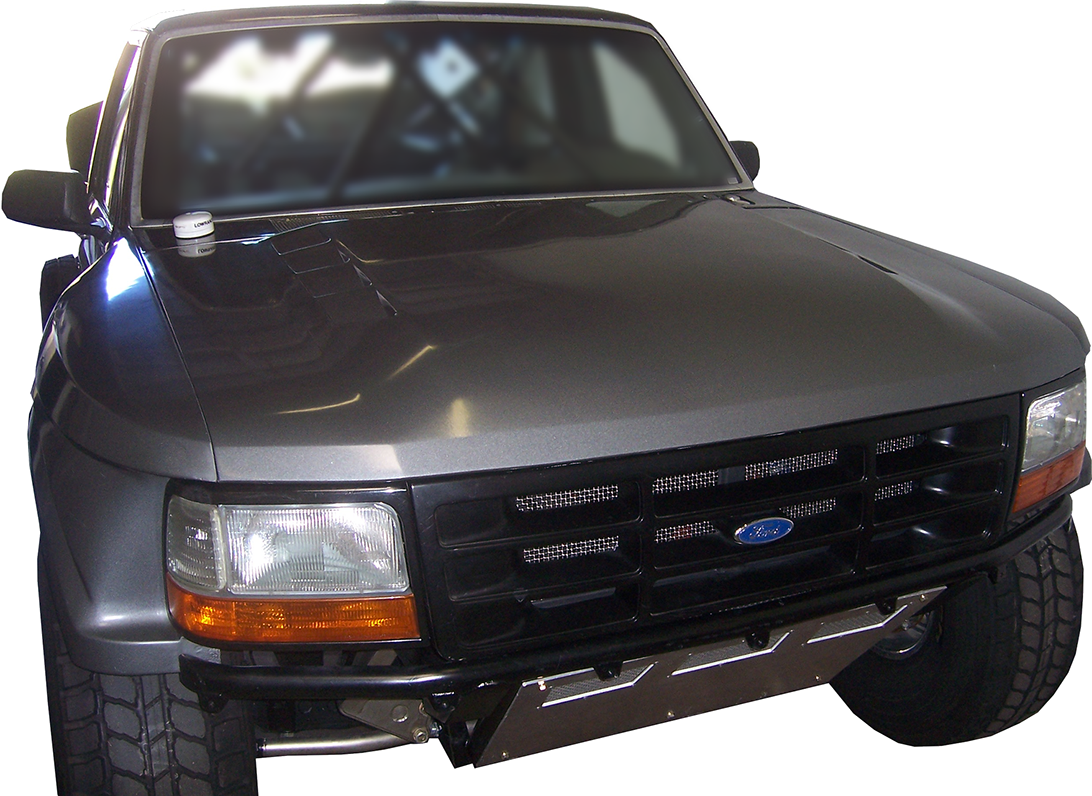











<
>
1993 - 2012 RANGER
All of your stock headlights, taillights, and grill parts can be used to keep the cost down. The gas filler receptacle in the left rear fender is already installed, although it can be deleted for full off road use. Parts can be order in gel coat to match the color of your truck, this is an additional charge depending on color, black or Ford white is no additional charge. This kit requires no fitting it is ready to go. (hole drilling only).
Hood: $450 (coremat) $550 (paraneam fiber)
4" Front Fenders: $500.00 each
7" Front Fenders: $575.00
4" Rear Bedsides: $650.00 each
7" Rear Bedsides: $700.00 each
Valance: $200.00
Dash: $350.00
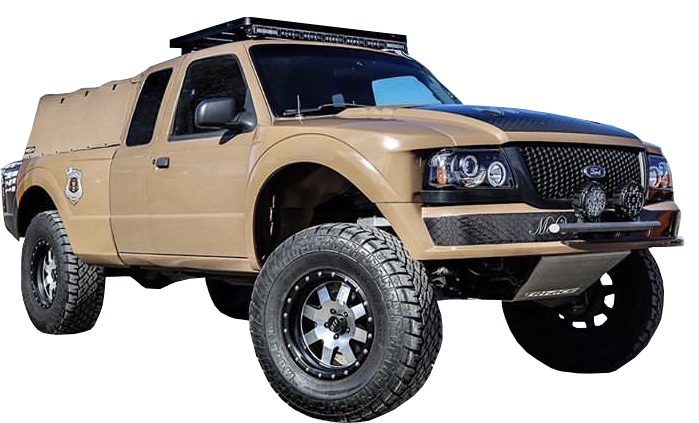







<
>
FORD DASHES KITS
McQueen offers two styles of dash kits. One to fit rain gutter, late model rangers and explorers. The other one is designed to fit F100, F150, and full size Broncos.
The ends are separate to allow for easy installation and fitting of roll cage bars. The dash starts up behind the “V” bars to keep the strength intact. The front is made to fit with or without windshield by trimming. The center of the dash is removeable for quick access to the gadges can can be easliy replaced if cut-outs are done incorrectly.
Mid Size Dash Kit: $350.00
Full Size Dash Kit: $450.00
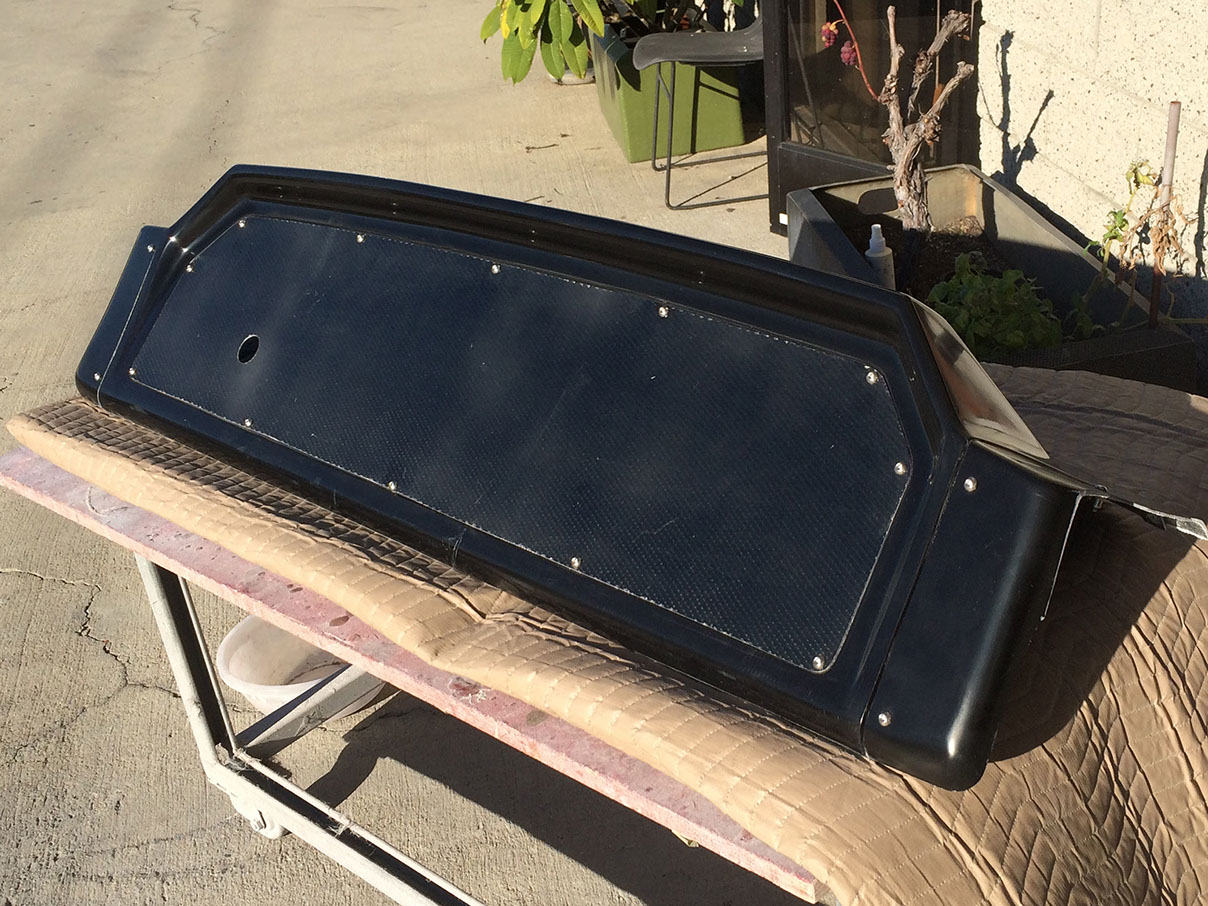






<
>
FIBERGLASS BODY PANELS
1984 - 2001
JEEP Cherokee
2003 - 2014
LEXUS GX470
2010 - PRESENT
TOYOTA 4RUNNER
2005 - 2014
TOYOTA TACOMA
BAJA
BUG
1933 BODY KIT
FACTORY FIVE
83 - 01 JEEP CHEROKE
1984 -2001 Jeep Cherokee 4 inch front fenders and hood. Bolts back to stock locations. Hood will need hood pins to hold down the front. Rear of hood goes into stock hood brackets. Can be ordered in special colors.
Hood: $450.00
Front Fenders: $600 pair
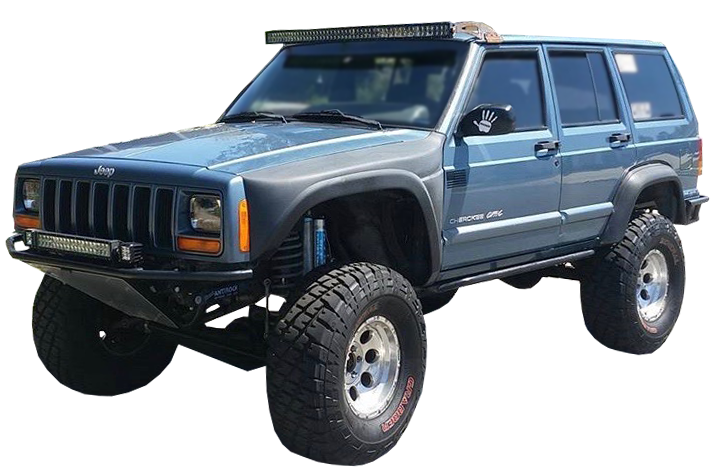









<
>
03 - 14 LEXUS GX470
2003-2009 Lexus GX470 3" Flare Fenders
The Lexus GX470 fenders are a get way to go to get your bigger (up to 35") tires with a lift kit on your vehicle. The fenders have a 3 inch bugle with nice looking factory lines to keep it looking stock. Can be ordered in special colors.
Front Fenders: $600.00 per pair
Fenders w/Snorkel: $700.00 each
ARB SS450HP Snorkel: $545
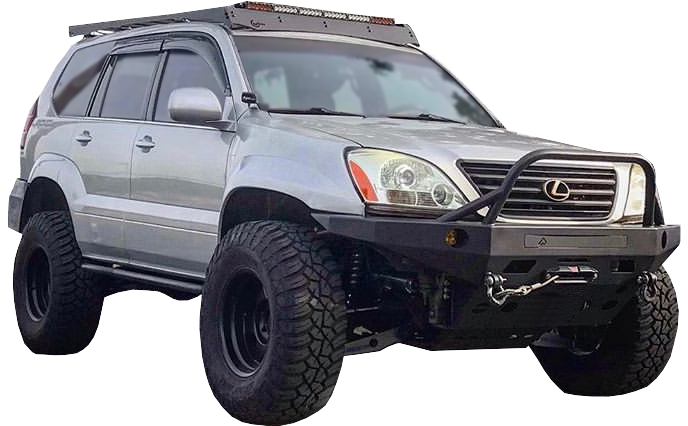








<
>
10 - PRESENT 4RUNNER
Our 5th Gen Toyota 4Runner fenders are a great alternative when running up to 35" tires. Fenders are available in a 2" and 4" flair with or with out the Snorkel cut out. Can be ordered in special colors.
Front Fenders 2": $600.00 per pair
Front Fenders 2" w/Snorkel: $700.00 per pair
Front Fenders 4" w/Snorkel: $750.00 per pair
ARB SS450HP Snorkel: $545
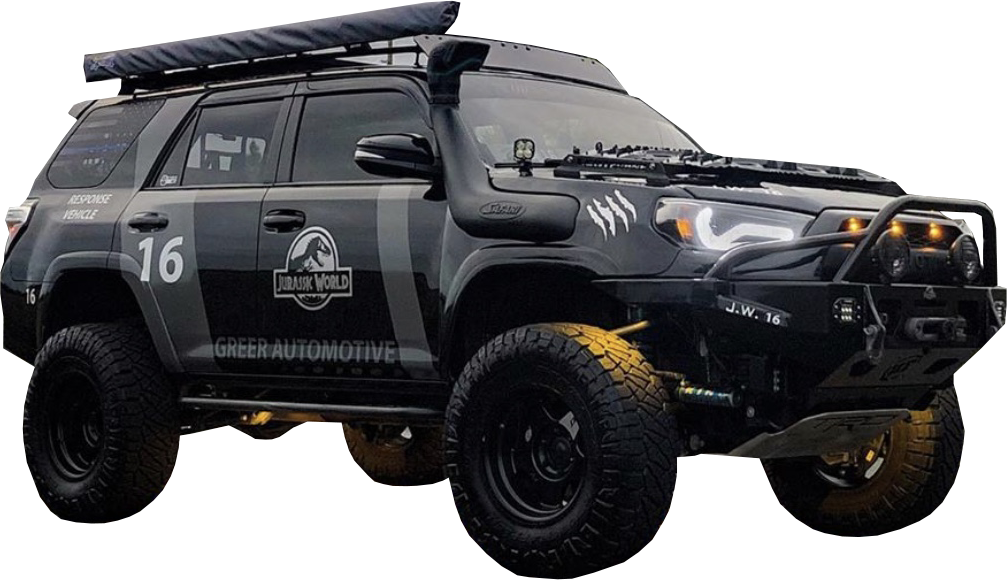





<
>
05 - 14 TACOMA
2005 - 2014 Toyota Tacoma 4" fenders. They fit back to stock locations with no extra modifications. Can be ordered in special colors.
Front Fenders: $600.00 per pair
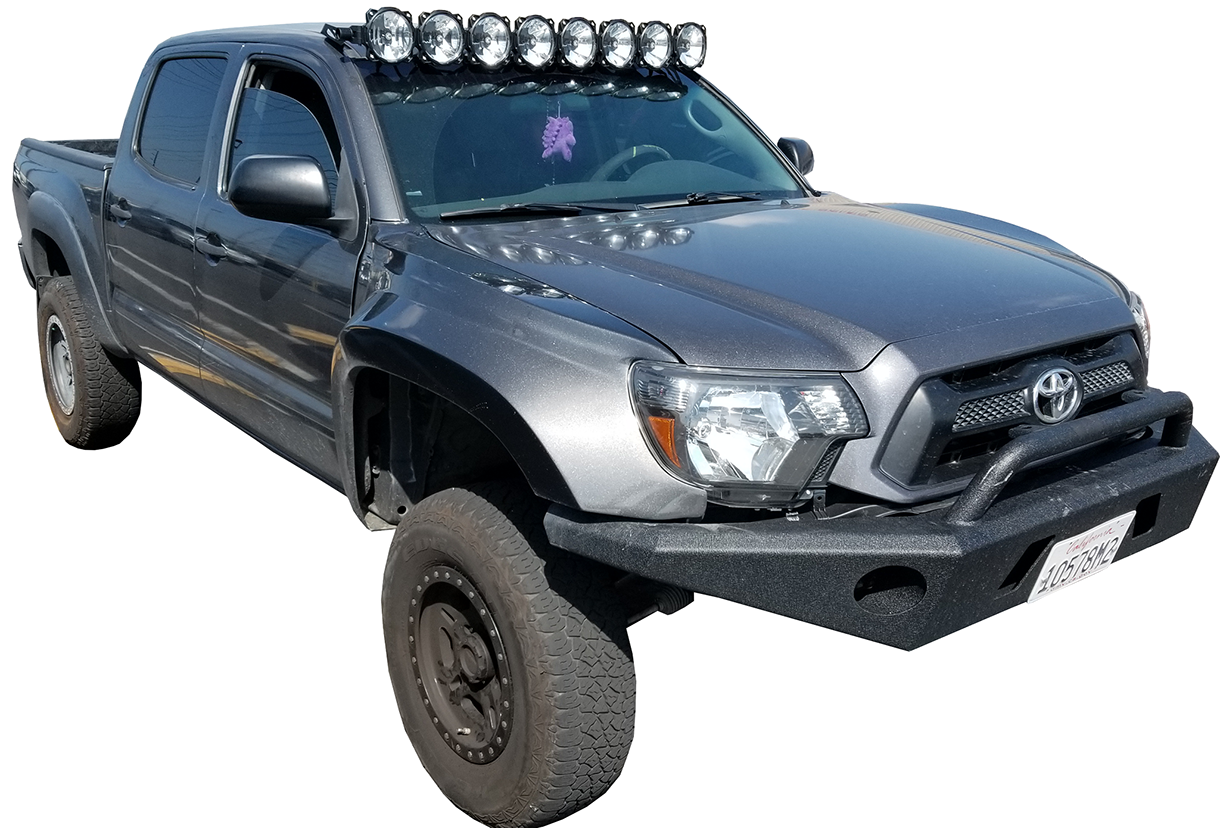










<
>
65 - 77 BAJA BUG
Customized your 1965 - 1977 VW Baja Bug with McQueen off-road body parts. All parts are designed to align perfectly with the bugs body.
Hood: $450 gel coat $550 Carbon Fiber
Dash w/ GPS cut out: $400 gel coat
Dash w/o GPS cut out: $300 gel coat
Dash w/o GPS cut out: $380 Carbon Fiber
Window Scoop: $130 gel coat (each)
Window Scoop: $160 Carbon Fiber (each)
Rear Fenders: $130 gel coat (each)
Rear Fenders: $160 Carbon Fiber (each)
Rear Window: $100 gel coat $160 Carbon Fiber
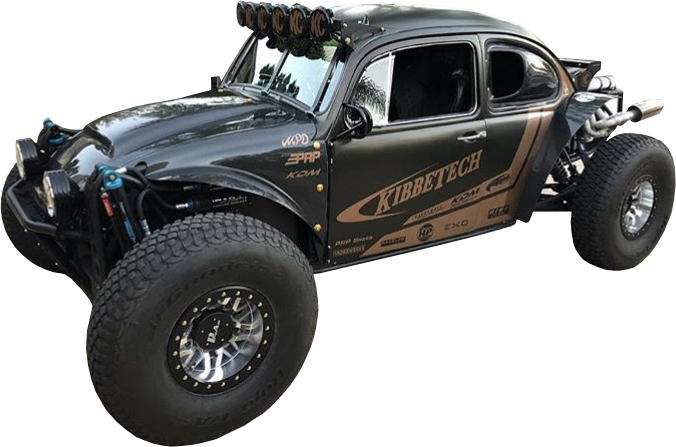












<
>
1933 FACTORY FIVE COUPE
Front and read fenders are available for the 1933 Factory Five coupe. Brackets for front fender included.
Front Fenders: $550.00 each
Rear Fenders: $450.00 each
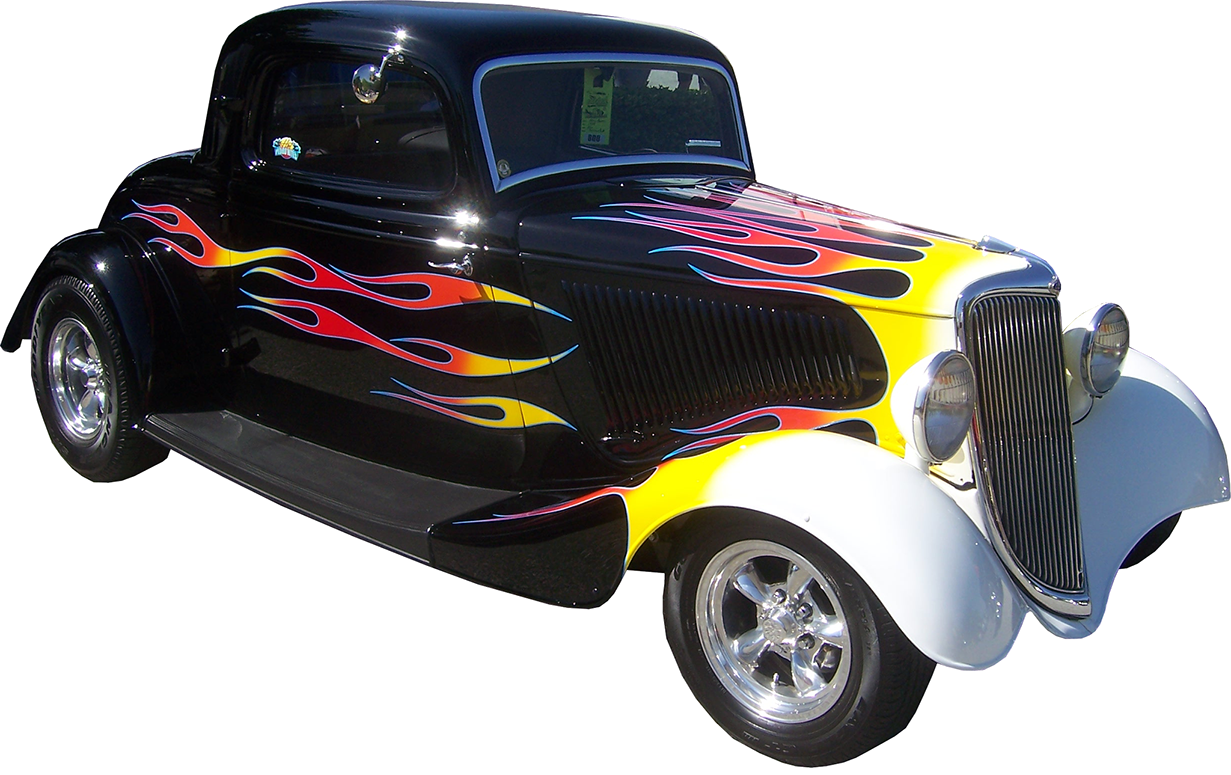





<
>
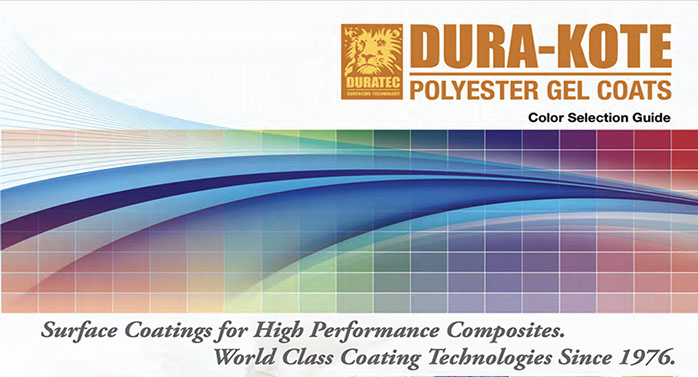
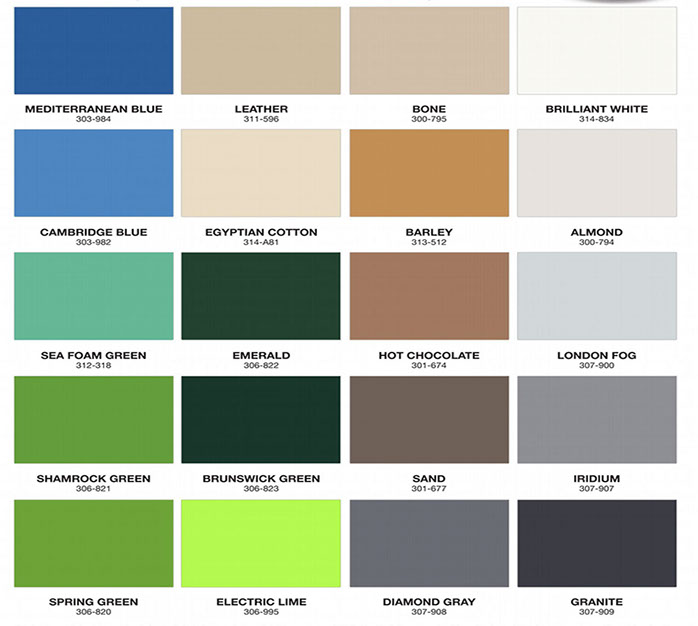
Our unique designs will certainly accent your next project or enhance the appearance of your current vehicle, adding value to your customized project. We've always been the company to go to for the most innovative and excellent products. An important part in the aesthetics of our cars, off-road trucks or race bodies play high-quality, highly resistant and brillant colors. We use DURA-KOTE Polyester gel coats in 44 different colors to provide our clients with unique results.
According to our supplier DURA-KOTE gel coats are among the most vibrant and durable gel coats available in the marketplace. DURA-KOTE uses high-grade raw materials to provide resistance against ultraviolet and water degradation while maintaining a high-quality finish on the visible surface.
If you don't find the color you need on this chart, our partner can also provide you with a custom, unique color, exactly tailored to your personal taste or other demands. You tell us what you want – we match it!
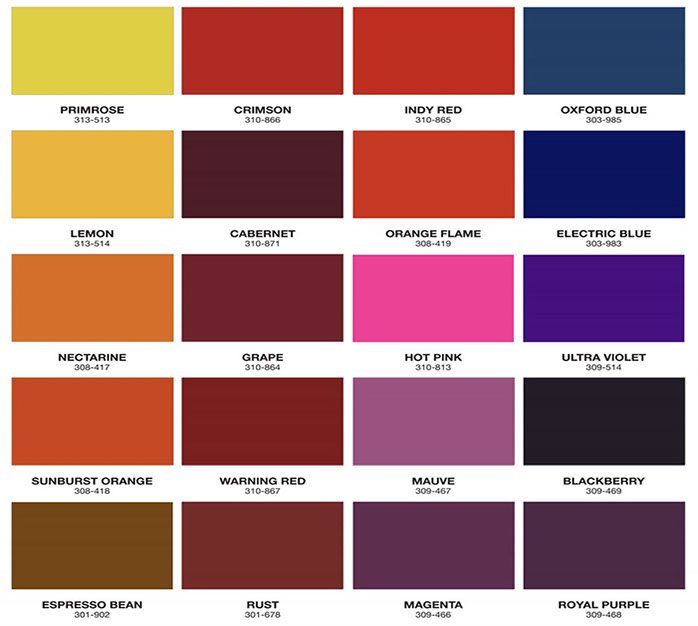
CUSTOM COLORS
CUSTOM FIBERGLASS











<
>
ABOUT US
.jpg?crc=159042141)
Our goal is to supply
the OFF-ROAD business
with EXCEPTIONAL DESIGN
Mike McQueen’s motorsports career spans nearly half a century and covers almost every segment of the business. In recent years this wizard with fiberglass has plied his trade mainly in off-road racing presently occupied with a couple of projects rushing to completion under tight deadlines but let’s start at the beginning. Of all the names in American auto racing history, three of the biggest are A.J. Foyt, Parnelli Jones and Dan Gurney, and all three share individual histories with Mike McQueen.
Born and raised in Laguna Beach, CA, by a wooden shipwright father and a seamstress mother making their way in postwar America, McQueen grew up destined to work with his hands. He began learning boat-building skills from his father as a pre-teen, and later picked up first the craft of pattern-making and then, at age 18, fiberglass, as the then-new composite material began to displace wood in boat construction.
While working on boats, McQueen met road racer Rick Muther, for whom he began repairing fiberglass racecar bodies. Muther subsequently introduced him to Gurney, and Mike found himself building custom bodywork for the Lotus 19B Dan raced in the1963 United States Road Racing GoldenrodChampionship. Thus did he stand on the ground floor when Gurney founded All American Racers in ’65, providing bodywork updates for the Lotus 38 and Halibrand Shrike lndycarsAARfielded that year while the first Eagles were being designed and constructed.
McQueen’s mastery can be seen in the iconic Eagle-beak nosecones of those first-generation machines. He was also working with the Summers brothers on their Goldenrod, helping them set a wheel-driven Land Speed Record that stood for 25 years.
One of AAR’s drivers was Joe Leonard, with whom McQueen became friends, and when Leonard switched to Foyt’s team for ’67, Mike went along, contributing his skills to the Coyote A.J. used to win his third Indy 500. Next came what he’s termed a “surfing hiatus,” when his talents were turned to crafting surfboards for legends like William Dennis and the partnership of Tom Morey and Karl Pope. Returning to racing in 1970, he hooked up with Parnelli Jones who needed bodies for his Indycars.
Jones gave Mike his first exposure to off-road racing, asking him to construct the fiberglass body for the fabled Big Oly Bronco that Parnelli and Bill Stroppe took to back-to-back Mexican 1000 wins. McQueen reckons Big Oly was the very first Trophy-Truck, a tube- frame, purpose-built unlimited off-road racer whose fiberglass body panels were quite trick, Nomex®-honeycombed internally and collectively weighing but 37 pounds.
McQueen again worked out of racing for several years, returning to build bodies for Paul Newman’s Can-Am cars. He then helped Walker Evans with his Class 8 Dodge off-road trucks, before joining Don Devendorf and John Knepp at Electramotive, applying his skills to not only the team’s dominant GTP prototype sports car program, but Nissan’s stadium off- road effort for Roger Mears as well.
Eventually he hooked up with Mike Smith, building bodywork for the Herbst family’s off-road exploits. “I’ve been doing Herbst work for 20 years,” McQueen offers, “taking care of all their stuff. The most recent thing we’ve done is their new truck, and for the last month we’ve been working seven days a week trying to get it done so they can run it in the Vegas to Reno."
“I’m also building the new Honda Pilot for Gavin Skilton,” McQueen continues. “He bought his brother Darren’s car — originally RI a Kia — and we’ve changed it into a Honda. Honda Performance Development is behind it, so it’s going to be a real good car.” Interestingly, McQueen also built the body for the car’s original Kia con-figuration. Another McQueen body design is the Landshark Truggy, named that because of the vertical cooling louvers he sculpted into the sides of the body. Also his is the original Trophy Kart body commissioned by Nestor Berardi. The latest trend seems to be conversion projects, with a number coming his way in recent years, most of them precipitated by a team switching manufacturers or someone new buying an existing vehicle and changing engine and bodywork to re-brand it. “The original SPD Chevys that were built by Bill Savage,” he explains, “I did those for Brian Collins and BJ Baldwin, then Collins got the Dodge deal, so we took the Chevy and morphed it into a Dodge. “I have designed and built a Class 07200 Truck,” he continues, “and people are already beginning to buy that body. I’ve been doing some stuff with ID Design, Dave Perrault. He bought one of the 7200 bodies and took it to his shop and has kind of cut it up and made a few modifications. We’re going to build some molds off of it as soon as I get that dialed in. He’s got that sold to a client in Australia, and I’m going to send a set of molds to Australia.“ When the economy was real bad here two years ago, and I was sitting around doing nothing, I was loaned a chassis by the Baja Shop and I designed and built a Ford Raptor Trophy-Truck body for them. I’ve already sold five of those.
Most of my new stuff is on cars that are being built that will be out soon. The only one that’s out and running right now is driven by a guy in Arizona named Brian Coombes.” Throughout his travels McQueen continues to assimilate new methods and technologies he applies in an old-world type of shop in Gardena, California. He learned to work in carbon fiber when it became popular, but he’s moved on. “I don’t do much carbon fiber, other than dash-boards,” he admits, “but we have a new material right now called Parabeam that’s better than carbon fiber. It’s two layers of fiberglass cloth with a vertical matrix sewn between them so they stand about a quarter-inch apart. It’s soft and pli-able until you lay it up, then it becomes rigid. It’s cheaper, lighter and a lot more user-friendly than carbon fiber, which costs about S50 a square yard while this stuff is S20. “That’s what we used in that Skilton Honda, it’s got Parabeam all through the body. Everybody likes carbon fiber because they like the bling, but in comparison, as ‘far as strength goes, it’s not there.” So it is that Mike McQueen keeps moving for-ward, applying the experience of a lifetime to whatever comes next.
CONTACT US
1605 W 130th St #3
Gardena, CA 90249
(310) 327-2337
mcqueenfiberglass@yahoo.com